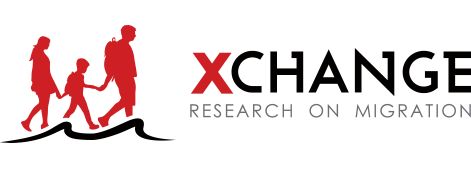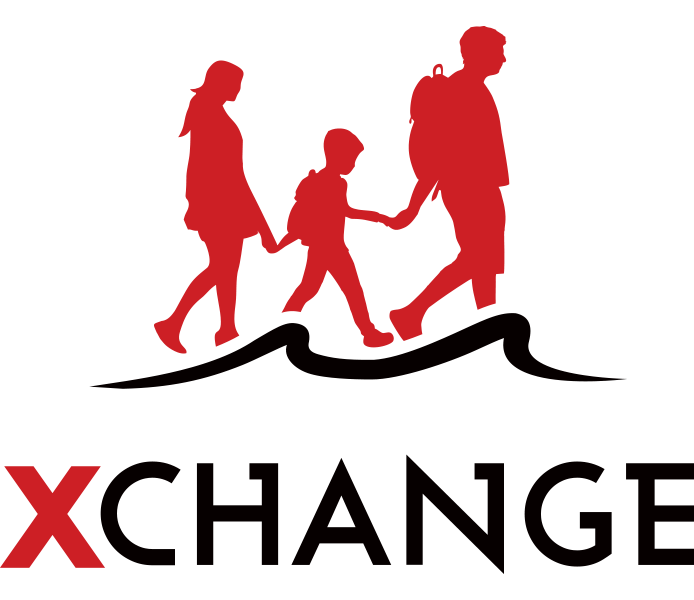On the Move Together: Understanding the Complex Realities of Families in Migration
Migration is way more than individuals crossing borders. Migration is often a family journey marked by hope, resilience, and profound challenges. Families migrating together face unique dynamics that shape their experiences, needs, and vulnerabilities. As global displacement reaches unprecedented levels, understanding the trends, impacts, and barriers faced by migrating families is critical for humanitarian actors, policymakers, and civil society. This blog explores the latest data, highlights the human stories behind the statistics, and calls for a renewed focus on protecting and supporting families on the move.
Key Statistics on Families in Migration
Understanding the scale of family migration requires examining the numbers. Families constitute a significant and growing segment of the global migrant population. While precise global figures are constantly evolving, some key statistics provide a snapshot of the situation:
- According to the United Nations High Commissioner for Refugees (UNHCR), the number of forcibly displaced people had risen to an estimated 122.6 million by mid-2024, marking an 11.5% increase from 2023.
- At the end of 2023, of the 117.3 million forcibly displaced people, an estimated 47 million (40 per cent) are children below 18 years of age. Many of these children are travelling with or as part of family units.
- Between 2018 and 2023, an average of 339,000 children were born as refugees per year, which is equivalent to almost 2 million children.
- 65% of all refugees under UNHCR’s mandate and other people in need of international protection come from just four countries, namely the Syrian Arab Republic, Venezuela, Ukraine, and Afghanistan.
These figures underscore the growing scale of displacement and the significant proportion of families seeking safety and stability across international borders.
Global Drivers Shaping Family Migration Patterns
Several intersecting global crises have intensified family migration patterns in recent years:
- Conflict and Political Instability: State fragility and violent conflict continue to be key drivers of migration trends. Conflicts in regions such as Syria, Iraq, and Afghanistan have led to increased refugee flows.
- Climate Change and Environmental Degradation: Over the past decade, weather-related disasters have resulted in approximately 220 million internal displacements – equivalent to around 60,000 daily displacements.
- Economic Instability and Inequality: Economic crises, inflation, and lack of access to basic services compel families to migrate in search of livelihoods and security. The impact of the COVID-19 pandemic on economies in the Americas pushed more people seeking safety, family reunification, decent work, dignity, and better opportunities to undertake perilous migration routes. At least 717 men, women and children lost their lives on the United States-Mexico border, making it the deadliest year for migrants since IOM started recording migrant deaths.
These drivers rarely act in isolation. Instead, they intertwine and amplify one another, creating a complex web of “push” factors that force families to make the difficult decision to leave their homes.
Regional Hotspots of Family Displacement
While family displacement is a global phenomenon, certain regions stand out due to the scale and intensity of the movement. According to the Global Displacement Forecast 2025 Report made by Danish Refugee Council, by the end of 2026, an additional 6.7 million people are projected to be displaced globally, with sub-Saharan Africa and Asia experiencing the most significant increases of approximately 3.1 million and 1.8 million respectively, followed by the Middle East with an anticipated increase of around 900.000 displaced people. Of the 6.7 million people forecasted to be displaced by the end of 2026, approximately70% are expected to be internally displaced.
The Human Face of Displacement
The human impact of displacement on families is profound and multifaceted, with mental health challenges being among the most significant consequences. Research indicates that approximately 30% of populations displaced by conflict suffer from depression or post-traumatic stress disorder (PTSD), rates that are considerably higher than in non-displaced populations. Refugee and migrant families often endure a combination of pre-migration trauma, the stresses of perilous journeys, and post-migration adversities such as social isolation, uncertainty, and discrimination. The disruption of family and community networks further compounds feelings of loneliness and powerlessness, particularly among parents who face immense pressure to provide stability for their children in unstable environments. The asylum process itself often imposes prolonged uncertainty and a lack of structure, which undermines parents’ capacity to nurture and protect their families, leading to strained family dynamics and impaired well-being. Elderly family members, too, experience heightened vulnerability due to health challenges and social isolation.
Legal and Logistical Barriers to Family Reunification
Family reunification is a critical aspect of migration, yet numerous legal and logistical barriers hinder the process:
- Restrictive Immigration Policies: Many countries impose stringent eligibility criteria, including income thresholds and documentation requirements, limiting access for vulnerable families.
- Lengthy and Complex Procedures: Application processes for reunification are often bureaucratic, costly, and slow, prolonging family separation.
- Lack of Awareness and Legal Support: Migrants frequently lack information or legal assistance to navigate reunification processes.
Addressing these barriers requires coordinated international action, streamlined procedures, and increased legal aid for displaced families.
Conclusion: A Call to Action
Families in migration embody resilience and hope in the face of adversity. Yet, their journeys are marked by profound challenges that demand urgent attention from governments, humanitarian organizations, and the global community.
To truly protect families on the move, policies must be humane, inclusive, and responsive to their specific needs. Investing in family reunification, mental health support, and safe migration pathways is not just a moral imperative but a vital step toward building a more just and compassionate world.



